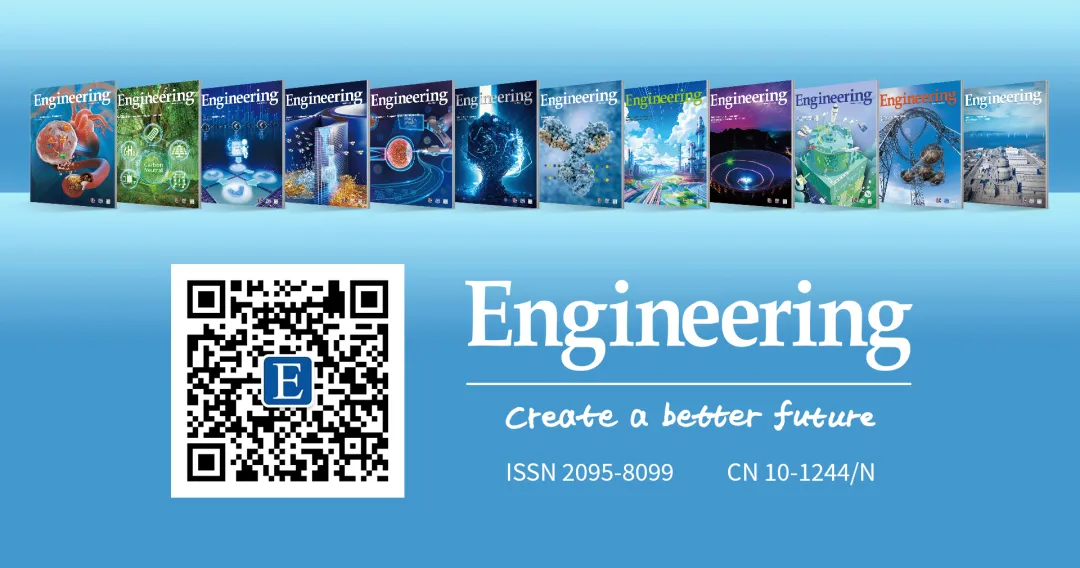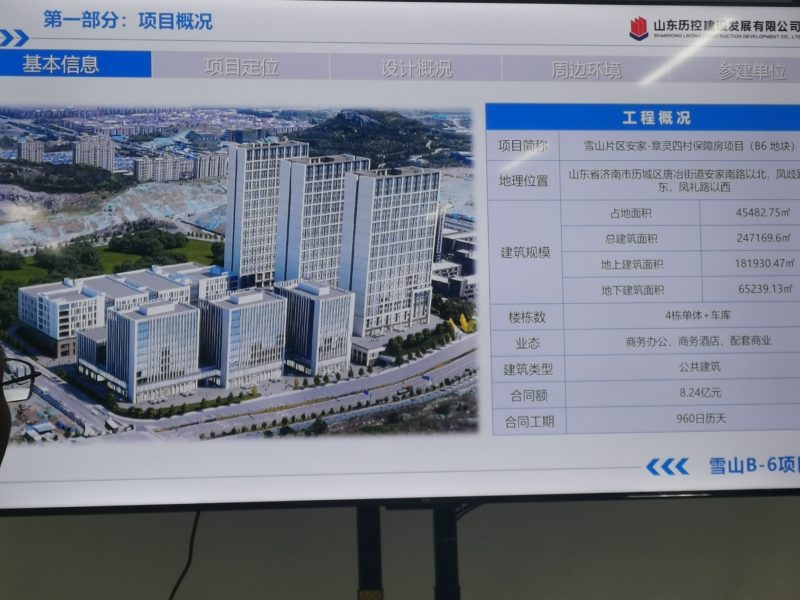为便于编辑和读者快速评价论文的价值,不少期刊在投稿时会要求作者提交highlights。如何来撰写亮点呢?Elsevier出版集团旗下杂志对highlights的定义和要求如下:
Highlights
Highlights are a short collection of bullet points that convey the core findings and provide readers with a quick textual overview of the article. These three to five bullet points describe the essence of the research (e.g. results or conclusions) and highlight what is distinctive about it.
Highlights will be displayed in online search result lists, the contents list and in the online article, but will not (yet) appear in the article PDF file or print.
Author instructions: Highlights should be submitted as a separate source file in EES (i.e. Microsoft Word not PDF) by selecting “Highlights” from the drop-down list when uploading files. Please adhere to the specifications below
Specifications:
1) Include 3 to 5 highlights.
2) There should be a maximum of 85 characters, including spaces, per highlight.
3)Only the core results of the paper should be covered.
首先我们需要弄清楚highlights的具体含义。顾名思义Highlights即亮点。它可以是文章采用的新方法、新技术,也可以是文章的新发现和新成果。因此在撰写亮点时我们可以从方法和结论两个方面挖掘文章的创新之处,其次,要注意highlights的撰写格式。一般highlights采用以列举的方式,列三到5条,每条亮点的字数不超过85个字符(含空格)。这要求作者采用比摘要更精炼的语言列出三到五条文章的创新之处和重要结论。
案例:
Probabilistic framework for failure investigation of reinforced concrete wall panel under dynamic blast loads,Engineering Failure Analysis.
Highlights
Probabilistic analysis for failure investigation of RC wall panel under blast load.
It is suggested to introduce stochasticity in structural design under blast loads.
Scaled distance and concrete strength are key parameters for design against blast.
Exposure type has notable contribution in structural design against blast load.
Code guidelines to explicitly address the differences in damage for type of blasts.
![]()


One thought on “SCI发表中Highlights意义与案例”